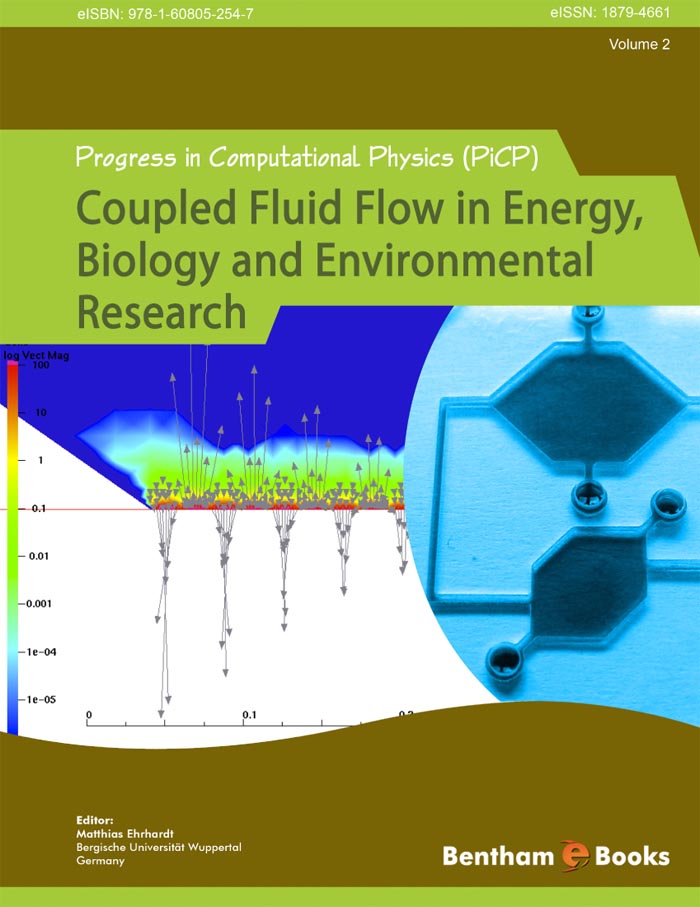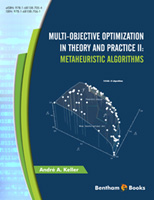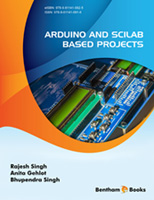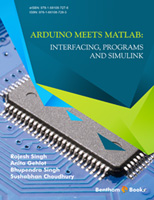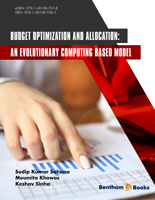Introduction
Progress in Computational Physics is a new e-book series devoted to recent research trends in computational physics. It contains chapters contributed by outstanding experts of modeling of physical problems. The series focuses on interdisciplinary computational perspectives of current physical challenges, new numerical techniques for the solution of mathematical wave equations and describes certain real-world applications.
With the help of powerful computers and sophisticated methods of numerical mathematics it is possible to simulate many ultramodern devices, e.g. photonic crystals structures, semiconductor nanostructures or fuel cell stacks devices, thus preventing expensive and longstanding design and optimization in the laboratories.
In this book series, research manuscripts are shortened as single chapters and focus on one hot topic per volume.
Engineers, physicists, meteorologists, etc. and applied mathematicians can benefit from the series content. Readers will get a deep and active insight into state-of-the art modeling and simulation techniques of ultra-modern devices and problems.
The second volume of this series, titled Coupled Fluid Flow in Energy, Biology and Environmental Research covers the following scientific topics in the fields of modeling, numerical methods and applications:
- - Coupling between free and porous media flow
- - Coupling of flow and transport models
- - Coupling of atmospheric and ground water models
This second volume contains both, the mathematical analysis of the coupling between fluid flow and porous media flow and state-of-the art numerical techniques, like tailor-made finite element and finite volume methods. Finally, readers will come across articles devoted to concrete applications of these models in the field of energy, biology and environmental research.

